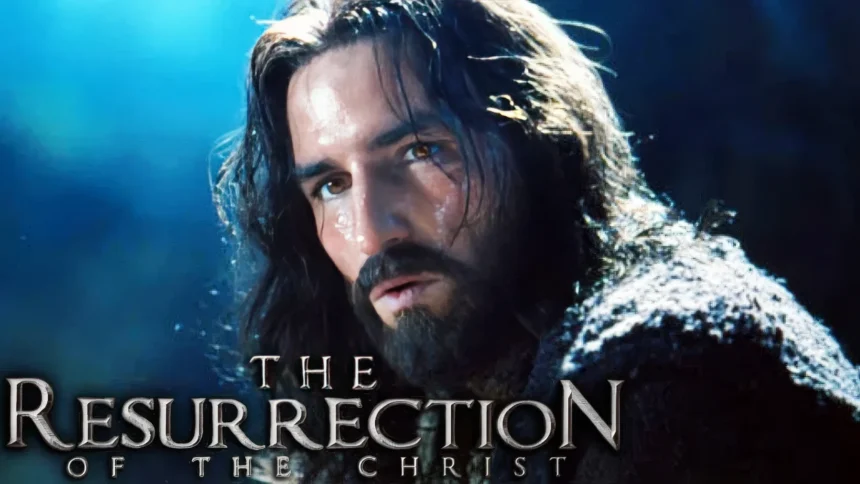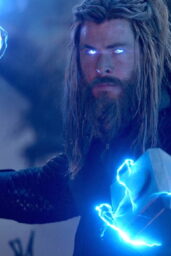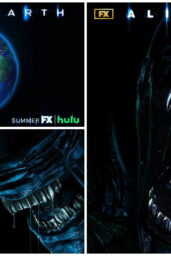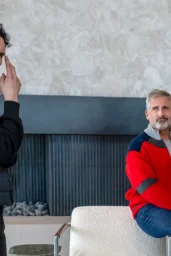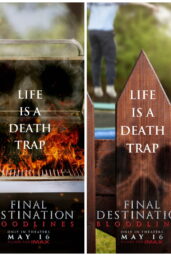When Mel Gibson dropped the bombshell that Jim Caviezel would return as Jesus in The Resurrection of the Christ, jaws hit the floor. How do you make a 56-year-old actor look like he's 33, especially when the story picks up just three days after The Passion of the Christ? The answer's straight out of Hollywood's tech playbook: de-aging technology. But is this a stroke of genius or a risky gimmick that could overshadow a sacred story?
The Legacy of The Passion
Back in 2004, The Passion of the Christ stormed theaters, raking in over $600 million worldwide on a $30 million budget (Box Office Mojo). It was raw, visceral, and polarizing—praised by evangelical audiences for its unflinching depiction of Jesus' crucifixion, yet criticized by some for its violence and alleged antisemitic undertones. Jim Caviezel, then 35, delivered a performance so haunting that it's hard to picture anyone else in the role. His physical and emotional sacrifice—enduring injuries and even a lightning strike during filming—cemented his connection to the character (Express).
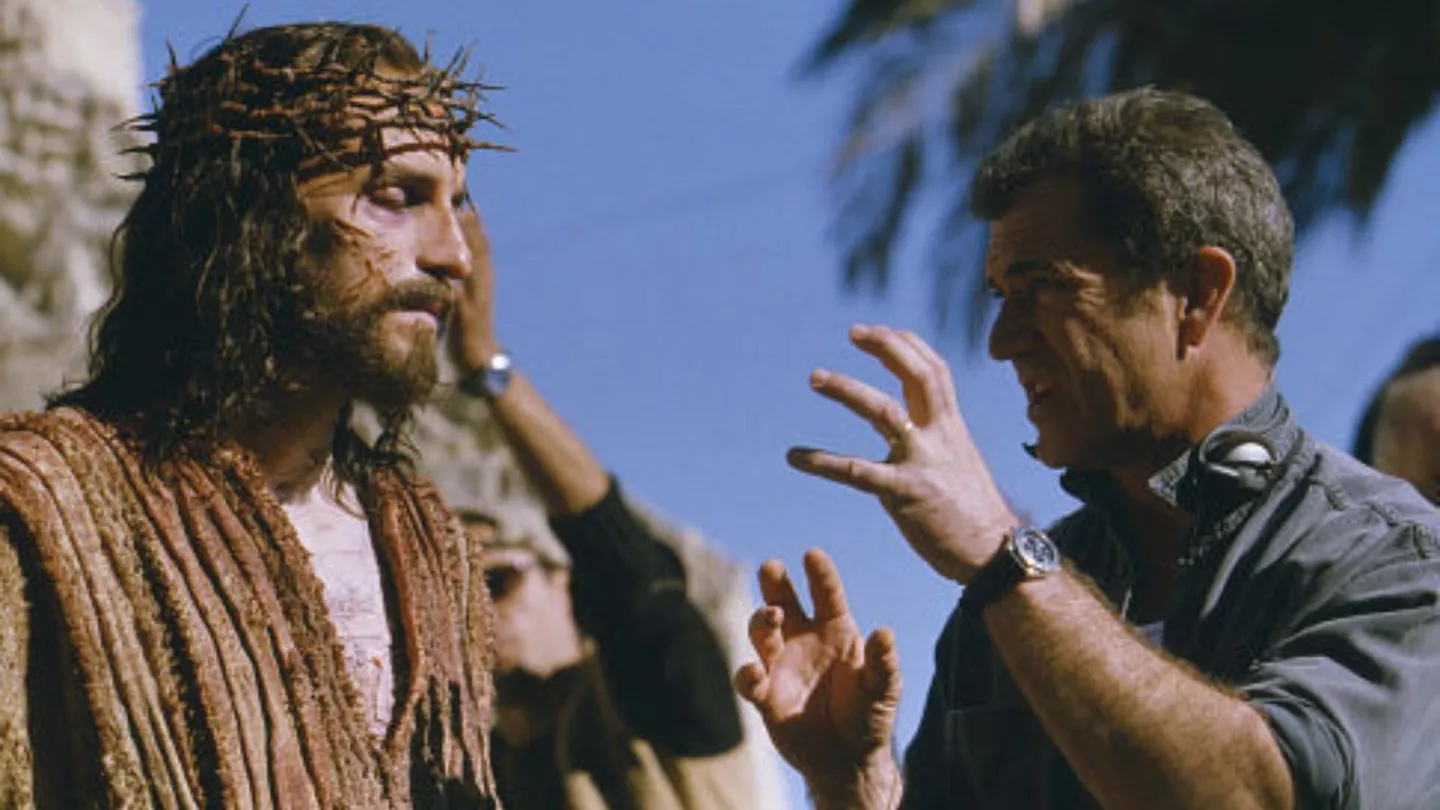
Now, Gibson's gearing up for the sequel, The Resurrection of the Christ, set to begin production in August 2025 at Rome's Cinecittà Studios, with a tentative 2026 release (Deadline). The film promises to explore the spiritual mysteries of the Resurrection, spanning from the fall of the angels to the death of the last apostle. Gibson calls it an “acid trip” of a script, co-written with his brother Donal and Braveheart scribe Randall Wallace (The Guardian). But the biggest challenge? Making Caviezel look two decades younger.
De-Aging: Hollywood's Fountain of Youth
De-aging technology is like a time machine for actors—it uses CGI, motion capture, and sometimes AI to peel back the years. Think of it as Photoshop on steroids, smoothing wrinkles and tightening jawlines frame by frame. Gibson's confident, saying modern de-aging techniques are “so good now” (The Guardian). While he hasn't spilled details on the specific tech, it's likely to mirror methods used in recent blockbusters.
A Brief History of De-Aging
De-aging isn't new, but it's come a long way. Early attempts relied on makeup and prosthetics, like in 1931's Dr. Jekyll and Mr. Hyde, where red and green filters created transformation effects (Artlist). The digital era kicked off with 2006's X-Men: The Last Stand, where CGI de-aged Patrick Stewart and Ian McKellen, though the results looked more plastic than polished. By 2019, The Irishman set a new standard, with Martin Scorsese spending a reported $20 million to make Robert De Niro, Al Pacino, and Joe Pesci look decades younger (Respeecher). Critics largely praised the effect, though some noted the actors' movements still betrayed their age.
Not every attempt has been a win. In Gemini Man (2019), Will Smith's de-aged clone was criticized for falling into the “uncanny valley”—that creepy zone where something looks almost human but not quite (ScreenRant). More recently, Harrison Ford's youthful Indy in Indiana Jones and the Dial of Destiny (2023) wowed audiences, thanks to over 100 visual effects artists and a $428 million budget (Esquire).
| Film | Year | Actor(s) De-Aged | Reception | Estimated Cost |
|---|---|---|---|---|
| X-Men: The Last Stand | 2006 | Patrick Stewart, Ian McKellen | Mixed; looked artificial | Not disclosed |
| The Irishman | 2019 | Robert De Niro, Al Pacino, Joe Pesci | Mostly positive; some noted movement issues | ~$20 million |
| Gemini Man | 2019 | Will Smith | Mixed; uncanny valley effect | Not disclosed |
| Indiana Jones and the Dial of Destiny | 2023 | Harrison Ford | Highly praised | Part of $428 million budget |
Why De-Age Caviezel?
So, why not cast a younger actor? Caviezel's performance in The Passion was a lightning bolt—pun intended. His spiritual and physical commitment, including fasting and daily prayers, made the role uniquely his. In a recent interview, he said, “I'm not acting as Jesus. I'm asking Him to work through me” (World of Reel). He's prepping for the sequel with the same intensity, diving into C.S. Lewis' The Screwtape Letters to grasp the spiritual warfare at play. Recasting could risk losing that authenticity, especially for fans who see Caviezel as synonymous with the role.
Gibson's also banking on continuity. The Resurrection features returning actors like Maia Morgenstern as Mary and Francesco De Vito as Peter, tying it closely to the original (IMDb). A new face as Jesus might disrupt that connection. Plus, de-aging lets Gibson push creative boundaries, exploring a narrative that jumps across realms and eras without recasting.
The Risks and Rewards
De-aging isn't cheap or foolproof. The $20 million price tag for The Irishman's effects could strain The Resurrection's budget, especially since the original was made on a shoestring. There's also the risk of distraction—if the de-aging looks off, viewers might focus on Caviezel's digital facelift instead of the story's spiritual weight. The “uncanny valley” looms large, and for a film tackling sacred subject matter, any misstep could spark backlash.
Ethically, some question whether altering an actor's appearance for a religious figure crosses a line. Caviezel's real-time suffering in The Passion—from bloody injuries to lightning strikes—added raw authenticity. Can a digitally polished Jesus carry the same gravitas? And what does it mean for actors when studios can “resurrect” their younger selves indefinitely, potentially sidelining new talent? (Praxis).
Yet, if Gibson pulls it off, the rewards could be huge. A seamless de-aging effect could make The Resurrection a visual and emotional triumph, setting a new benchmark for historical epics. It could also prove that iconic performances can transcend time, letting actors like Caviezel revisit defining roles without the constraints of age.
De-Aging's Place in Hollywood
De-aging is Hollywood's latest obsession, and it's not going away. From Mark Hamill's youthful Luke Skywalker in The Mandalorian to Tom Hanks' upcoming de-aged role in Here (2024), studios are doubling down on the tech (Wikipedia). It's a filmmaker's dream, allowing stories to span decades without recasting or relying on less convincing makeup. But it's also a tightrope—get it wrong, and you risk alienating audiences; get it right, and you redefine what's possible.
For The Resurrection of the Christ, the stakes are higher. This isn't just about making Caviezel look younger; it's about honoring a story that millions hold sacred. Gibson's track record—turning a $30 million passion project into a global phenomenon—suggests he's not afraid to take risks. But with a narrative spanning cosmic battles and spiritual realms, plus the pressure of de-aging a central figure, he's walking a fine line.
Will It Work?
Production kicks off in August 2025, and the world will be watching. If Gibson and his team nail the de-aging, The Resurrection of the Christ could be a game-changer, proving that technology can enhance, not overshadow, a powerful story. If they stumble, it might be remembered as a noble but flawed experiment. Either way, it's a bold move in an industry that's increasingly betting on digital youth.
What do you think—can de-aging technology capture the soul of Caviezel's performance, or is it a distraction from the story's heart? Drop your thoughts below.

